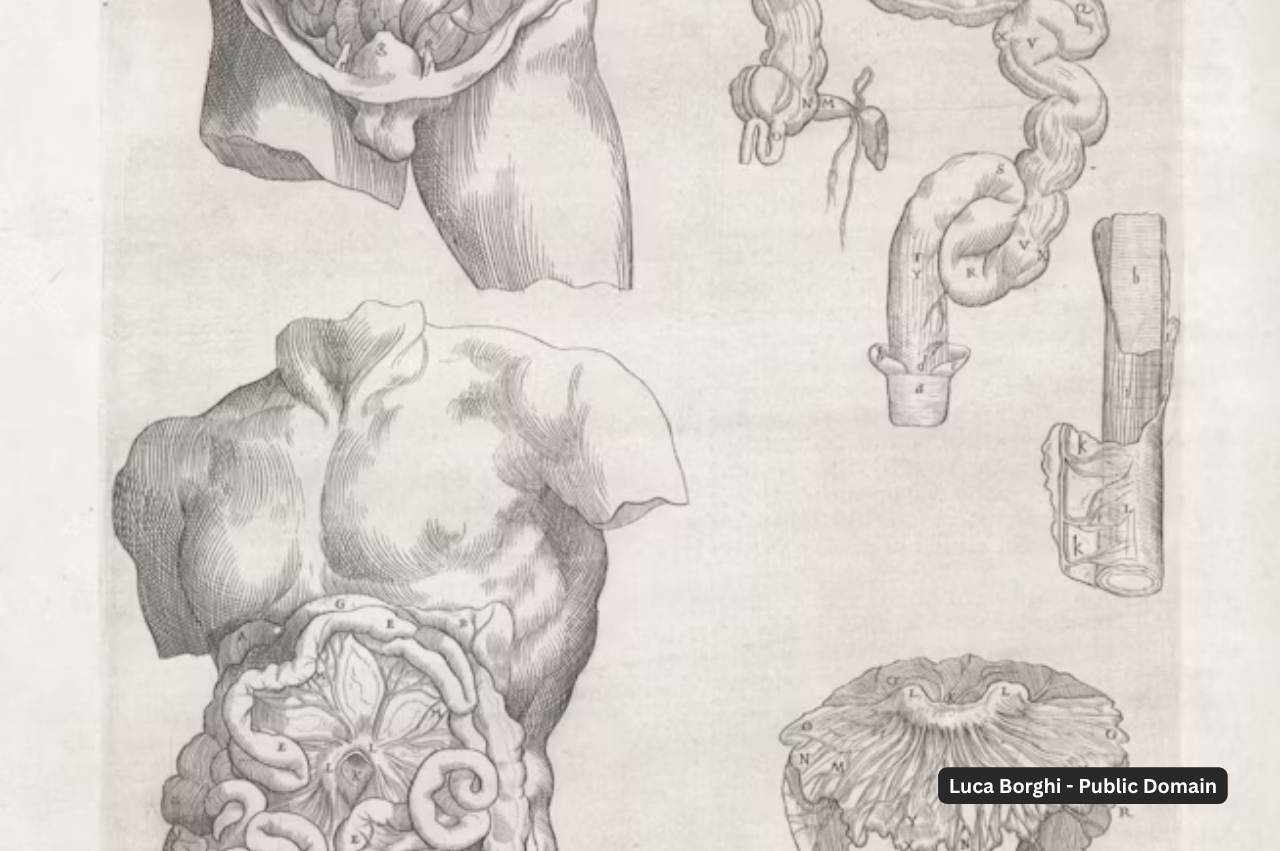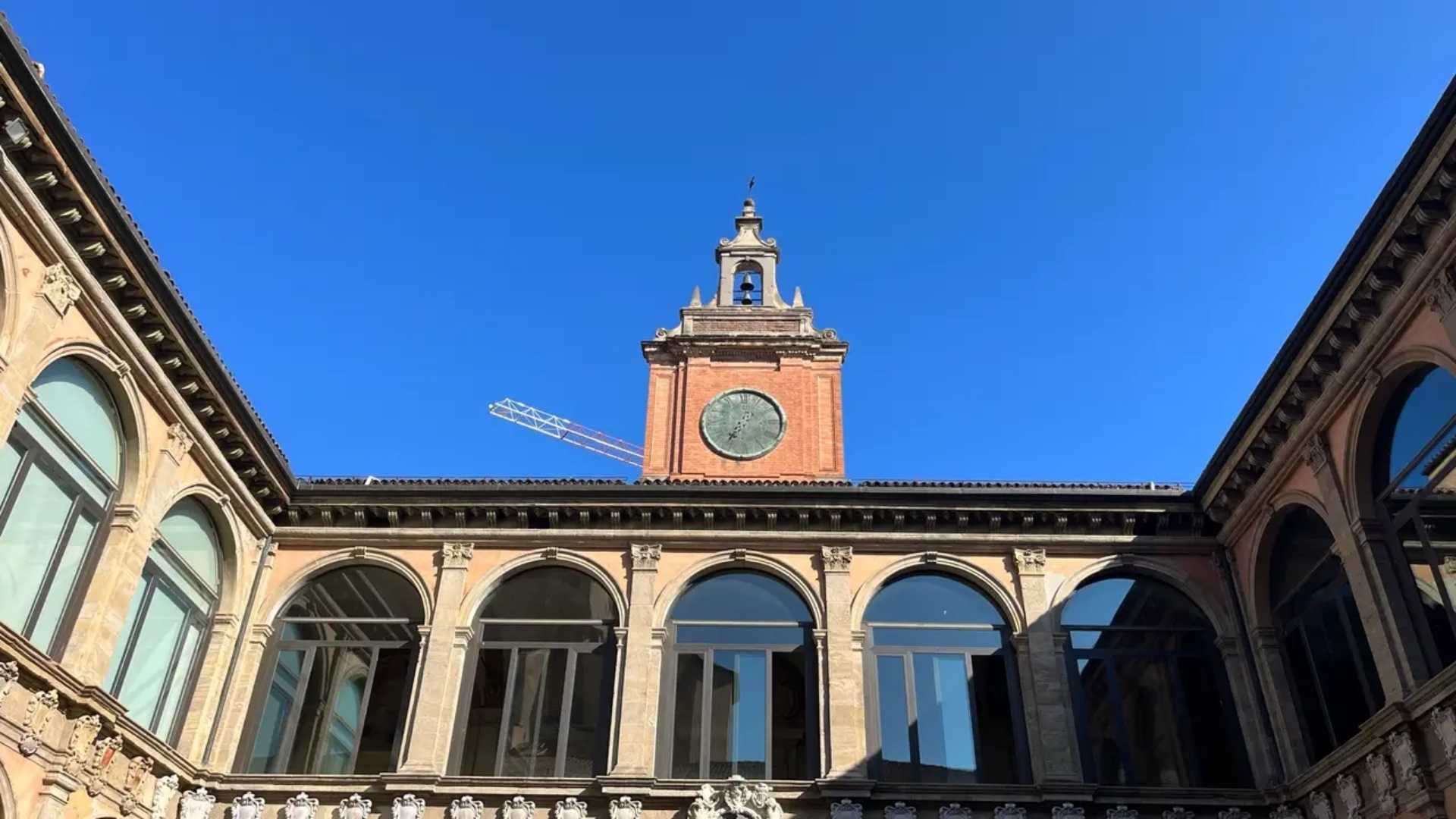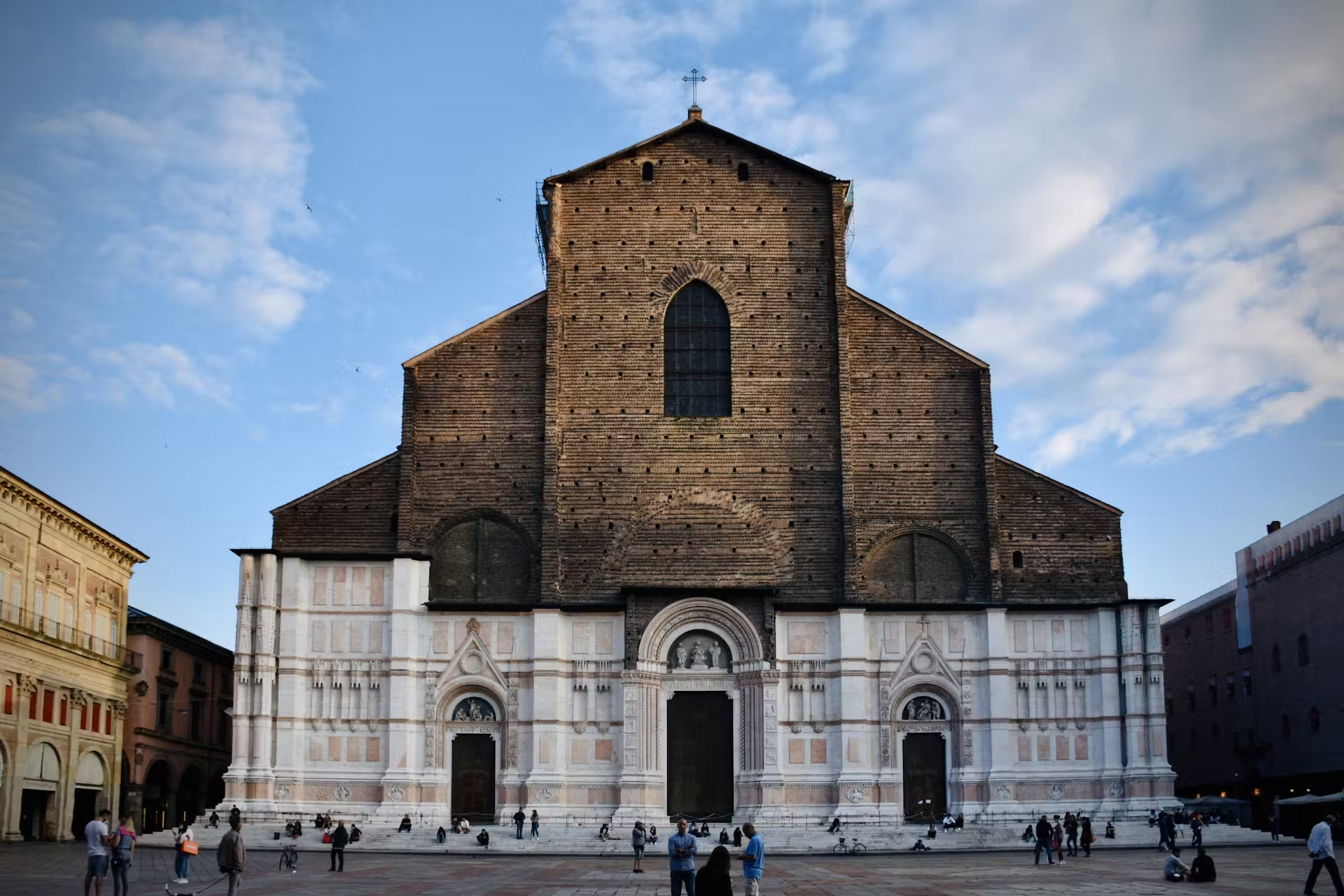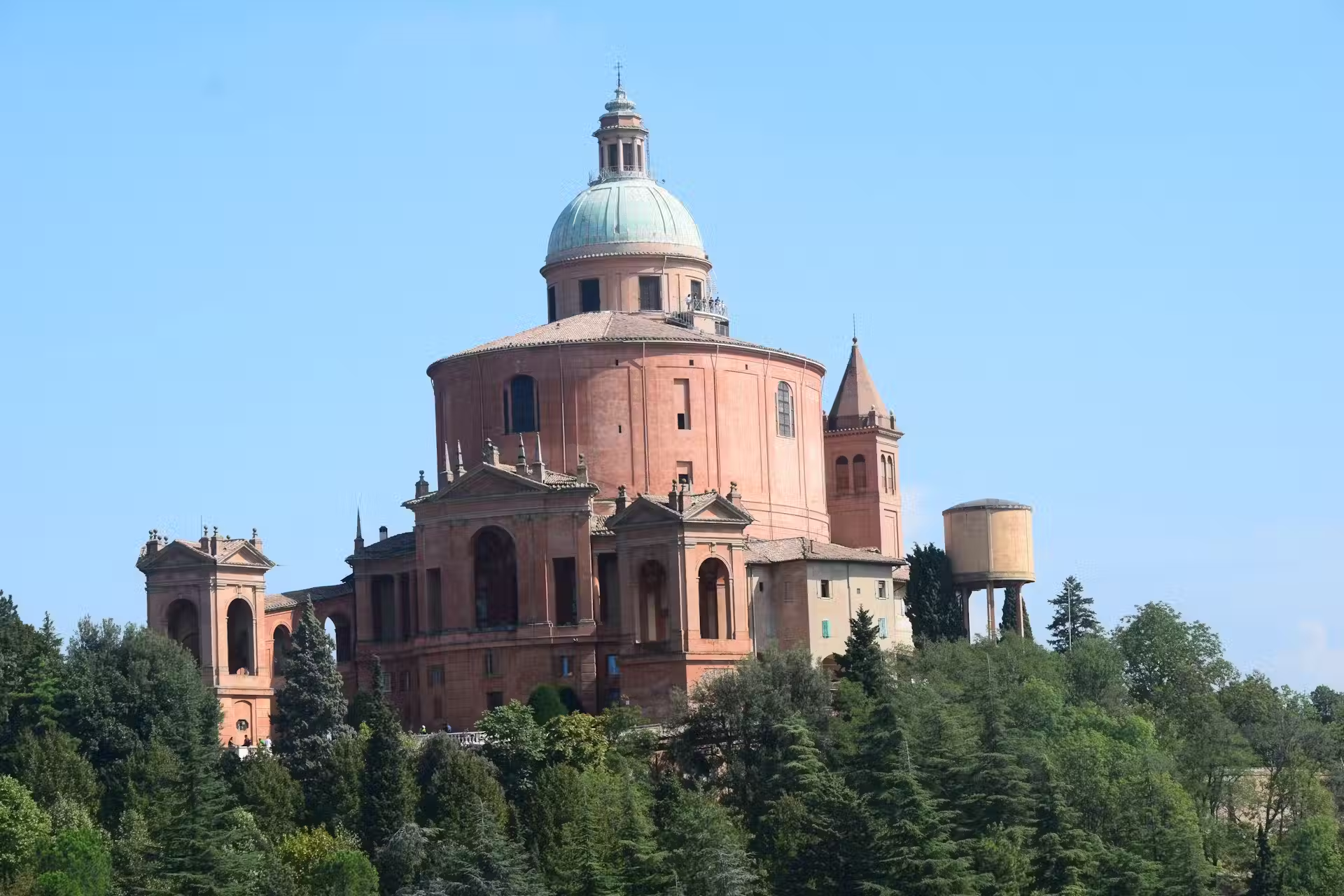TLDR
The Teatro Anatomico is a carved wooden anatomy theater built in 1637 inside the Archiginnasio Palace where medical students watched professors dissect cadavers. It's ornate, macabre, and genuinely impressive. The room was destroyed in WWII and carefully reconstructed. Entry costs around 3-5 euros as part of the Archiginnasio ticket. Guided visits last 15-20 minutes. Worth seeing if you're interested in medical history or Renaissance education. The highlight of the Archiginnasio building.
The Teatro Anatomico is one of those attractions that sounds potentially boring until you're actually standing in it. A room where they cut up dead bodies for students? Doesn't scream must-see tourism.
But the carved wooden theater is simultaneously beautiful and creepy in a way that makes it genuinely memorable. After visiting several times, I've learned that this small room delivers more impact per square meter than many larger Bologna attractions.
If you want context about how this anatomy theater fits into Bologna's identity as Europe's oldest university city, StoryHunt's Personal Tour Guide provides audio narration connecting the Teatro Anatomico with other academic and medical history sites throughout the city.
What is the story behind Teatro Anatomico?

The Teatro Anatomico was built in 1637 inside the Archiginnasio, which served as Bologna University's main building. Before this, anatomy demonstrations happened in temporary wooden theaters set up in various locations.
Having a permanent anatomy theater represented Bologna's commitment to medical education and its progressive approach to studying human anatomy. The room functioned until 1803 when the university moved to different buildings. During WWII in January 1944, Allied bombing destroyed the theater completely. The reconstruction used surviving fragments and historical documentation to rebuild it exactly as it was.
Today it operates as a museum piece showing what medical education looked like in the 17th and 18th centuries.
What is the anatomical theatre?
The anatomical theatre is an ornate carved cedar wood room with steeply tiered seating arranged in a circle around a central marble dissection table. The professor's chair sits elevated under a carved canopy supported by two famous statues of flayed muscular figures nicknamed "the skinless ones."
Rows of benches could hold about 250 students who'd watch dissections performed on cadavers, usually executed criminals. The elaborate carved decorations include mythological figures, anatomical symbols, and the crests of anatomy professors. Every surface is intricately worked wood.
The design ensured all students could see clearly, essential when teaching anatomy through actual observation rather than just books and drawings.
Why is the Archiginnasio famous?
The Archiginnasio is famous for being Bologna University's main building from 1563 to 1803 and for housing the Teatro Anatomico. The building consolidated scattered university schools under one roof, partly as a papal power move. The walls display thousands of student heraldic crests accumulated over centuries, creating a unique visual archive.
Today it functions as Bologna's municipal library with over 850,000 volumes. The Stabat Mater hall is a gorgeous reading room, though usually only viewable from the entrance. The Teatro Anatomico draws most tourist attention, but the entire building represents Bologna's academic heritage. Its fame comes from combining architectural beauty with intellectual history.
How do you visit the Teatro Anatomico?
You can't just wander into the Teatro Anatomico freely. It requires a ticket purchased at the Archiginnasio entrance, typically 3-5 euros. Entry is by guided tour only, with groups going in at scheduled times throughout the day. Tours are usually in Italian with some English depending on the guide. The visit lasts about 15-20 minutes.
You'll stand in the tiered seating while the guide explains the room's history and function. Photography is generally allowed without flash, though some guides restrict it during the explanation.
The theater is small, so groups are limited in size. During peak season you might wait 20-30 minutes for the next available slot.
What should you expect inside?
The theater is smaller and more intimate than photos suggest, maybe 30 feet across. The carved wooden walls create an enclosed, almost claustrophobic atmosphere. The "skinless ones" statues are genuinely unsettling, showing flayed muscles in anatomical detail.
The marble dissection table sits in the center with a canopy overhead. Every surface has intricate carvings of medical symbols, mythological figures, and decorative elements. The steep seating tiers make you realize how carefully designed the space was for optimal viewing.
It's impressive craftsmanship dedicated to a slightly grim purpose, which creates an interesting tension. The reconstruction is so thorough you'd never know it was completely destroyed in WWII unless someone told you.
When is the best time to visit?
The Archiginnasio (and therefore the Teatro Anatomico) typically opens at 10 AM. Arriving right at opening gives you the best chance of getting on an early tour with minimal wait. Late afternoon around 4-5 PM is often quieter. Midday brings tour groups and maximum crowds.
The theater's small size means crowding feels more intense than in larger attractions. Weekday mornings beat weekends for manageable visitor numbers. Summer is predictably packed. Spring and fall offer better conditions.
If you're planning a Bologna itinerary that includes multiple sites, The Personal Tour Guide can help you schedule the Teatro Anatomico efficiently, perhaps combining it with nearby attractions like San Petronio or Santo Stefano in a logical walking route.
How long does the visit take?
The Teatro Anatomico visit itself is 15-20 minutes, guided and relatively quick. However, you need to factor in potential waiting time for the next available tour, which could add 10-30 minutes depending on crowds.
The Archiginnasio courtyards and walls are worth exploring for another 10-15 minutes. If you visit the Stabat Mater reading room (when accessible), add 10 minutes. Total time is typically 40-60 minutes for the complete Archiginnasio experience.
I usually spend about 45 minutes here, which feels adequate. It's an efficient attraction that delivers substantial content without requiring hours of your day. Perfect for when you want something meaningful but don't have unlimited time.
What else should you see nearby?
Bologna's compact historic center makes combining attractions straightforward. Beyond the Teatro Anatomico, essential nearby sites include:
- Basilica of San Petronio on Piazza Maggiore (3-minute walk)
- Piazza del Nettuno with Neptune Fountain (5-minute walk)
- Santo Stefano complex for medieval atmosphere (12-minute walk)
- Sanctuary of San Luca for the famous portico walk (longer journey)
- The Archiginnasio sits just off Piazza Maggiore, placing you at Bologna's heart.
The Personal Tour Guide connects these attractions with narration explaining how university culture, church power, and civic identity intersected throughout Bologna's history, creating a coherent story rather than disconnected stops.
Is it worth seeing Teatro Anatomico?

Absolutely yes. The Teatro Anatomico is the single best small attraction in Bologna. It's unique, well-preserved, genuinely interesting, and delivers exactly what it promises.
The combination of beautiful craftsmanship and macabre purpose makes it memorable. Even people who don't normally care about medical history find it fascinating. The modest entrance fee and short visit time make it low-risk even if you're skeptical. It photographs well, has good stories, and provides substance beyond just pretty visuals.
I'd rank it as essential Bologna sightseeing, up there with the main piazzas and porticoes. Skip plenty of other things before skipping this.
How can you explore Bologna's university heritage?
The Teatro Anatomico represents one facet of Bologna's 900-year academic tradition. The city has lecture halls, student neighborhoods, and educational landmarks scattered throughout.
StoryHunt's Personal Tour Guide creates customized audio walks based on your interests, whether that's history of medicine, Renaissance architecture, or student life through centuries. The interactive map connects the Teatro Anatomico with other university sites and cultural attractions into routes that make geographic and thematic sense.
You explore at your own pace, diving deep into fascinating topics while skipping what doesn't interest you, creating an experience driven by curiosity rather than obligation.

.webp)







.jpg)
.avif)





